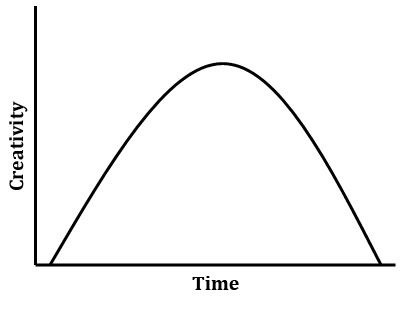A recent article by author Jonah Lehrer (Proust Was a Neuroscientist, How We Decide) in the Wall Street Journal discusses the connection between youth and scientific innovation. Check out my summary below…you might learn something new!
Young Scientists & Innovation

- James D. Watson, at age 25, co-wrote Molecular Structure of Nucleic Acids: A Structure for Deoxyribose Nucleic Acid in 1953. Proposing the double helix structure of the DNA molecule, it is one of the most important scientific papers in history.
- At 23, Isaac Newton began inventing calculus, which he used in the formulation of the laws of motion and gravitation.
- Albert Einstein wrote his first scientific work at 16 and published lots of his most important papers at age 26.
- The German theoretical physicist Werner Heisenberg was in his mid-20’s when he pioneered concepts of quantum mechanics.
- Often called the father of modern science, Galileo Galilei wrote his first paper at 22 and was in his late 20’s when he started experimenting on the speed of falling objects.
The Inverted U Curve
“One theory of this relationship suggests that creative output follows a predictable pattern over time,” writes Lehrer – a steep rise and a gradual fall of creativity, represented by an inverted U curve. Performance tends to peak after a few years of work and decline in middle age.
a predictable pattern over time,” writes Lehrer – a steep rise and a gradual fall of creativity, represented by an inverted U curve. Performance tends to peak after a few years of work and decline in middle age.
This pattern was first observed and studied by the 19th-century French mathematician and sociologist Adolphe Quetelet. Quetelet graphed the number of plays produced by French and English playwrights over the course of their life spans, discovering that a peak in creativity always seemed to happen when the writers were between 25 and 50 years old.
A psychologist at the California’s UC Davis named Dean Simonton has expanded on Quetelet’s groundwork. He has analyzed tons of historical data looking for patterns in creative output. His research has shown that “physicists tend to make their first important discovery in their late 20’s,” Lehrer writes.
Simonton says that, surprisingly enough, poetry is the only field that peaks before physics does.
Why?
So why are poets and physicists more creative in their younger years? Simonton says that they are partialy benefiting from a willingness to try out new concepts and embrace different ideas. They haven’t become influenced by too much experience.
However, this is not true for every field. While physics, math and poetry tend to be dominated by the young, other disciplines seem to benefit from more experience. Simonton “suggests that people working in fields such as biology, history, novel-writing and philosophy might not peak until their late 40’s,” as Lehrer points out.
Pretty crazy, huh?
Read the original article by Jonah Lehrer here, and feel free to leave your comments below!
